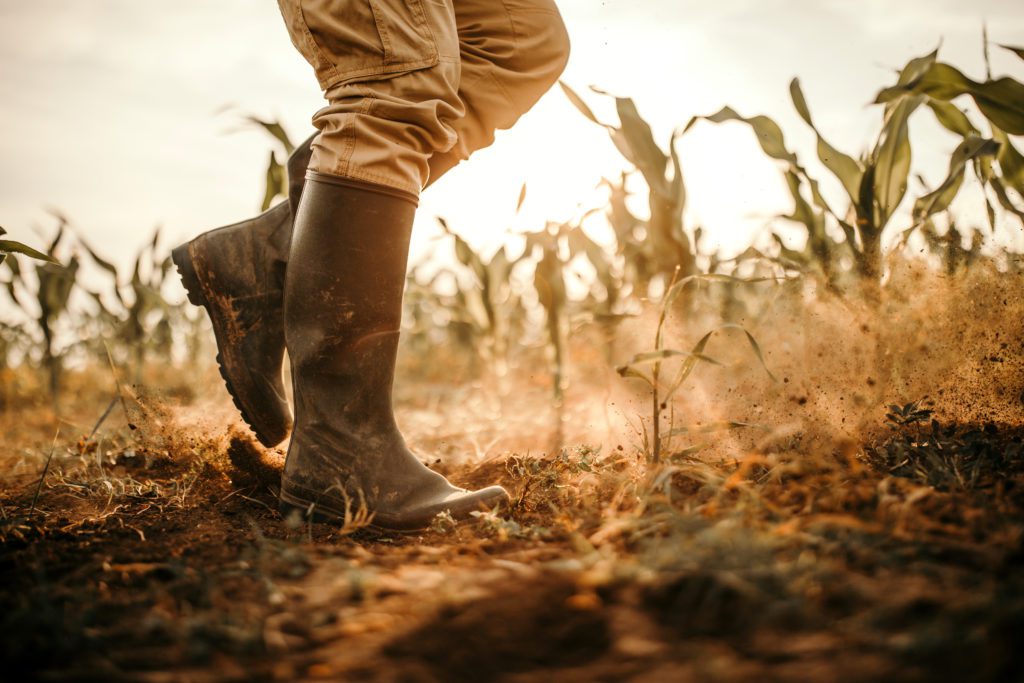On January 25, 2023, the secretary of state for environment, food and rural affairs shared detailed plans for the UK’s farming sector that helps farmers become more profitable and resilient while they work to produce food sustainably.
The Sustainable Farming Incentive — an essential piece of the government’s Environmental Land Management schemes — has been accelerated, offering farmers a vast range of paid actions to control hedgerows for wildlife, wildflowers rich in plant nectar and pests without utilizing insecticides.
Officials believe that these incentives will result in more resilient and efficient food production in the long-term, while taking action to reach the UK’s environmental goals for “carbon, biodiversity, water quality and net zero,” shared a release.
“Farmers are at the heart of our economy — producing the food on our tables as well as being the custodians of the land it comes from,” commented Thérèse Coffey, environment secretary. “These two roles go hand-in-hand, and we are speeding up the roll out of our farming schemes so that everyone can be financially supported as they protect the planet while producing food more sustainably.”
Environmental Land Management
In 2023, the Sustainable Farming Incentive will add six new standards that build off of three existing standards introduced in 2022 that highlight soil improvement and moorlands. The additional standards enable farmers to secure payment for actions on “hedgerows, grassland, arable and horticultural land, pest management and nutrient management,” added the release.
The government has also shared details on payment for farmers with an elevated version of the Countryside Stewardship scheme — one that will offer 30 additional actions to farmers before the end of 2024. This expansion adds to over 250 actions currently available to farmers, with the scheme seeing a 94 per cent escalation since 2020 as it is now included in thousands of farm businesses. Countryside Stewardship will open for its next round in February, with Mid-Tier opening in March.
Farmers will be rewarded with Countryside Stewardship Plus for taking coordinated action to assist with climate and nature aims by collaborating with neighbouring farms and landowners. It will supply the same environmental ambition that was arranged for Local Nature Recovery, including the management of floodplain meadows to lessen the risk of floods and enhance diversity, the restoration and maintenance of peatland for the capture of carbon and storage and the enhancement and management of woodland to combat drought and increase resilience to climate change.
The scheme will also provide farmers with greater flexibility over application and management of their agreements, with enhanced access for tenant farmers alongside elevated access to options and agreements for Higher Tier.
After high demand in 2022, the Department for Environment, Food & Rural Affairs (DEFRA) confirmed that applications will be open for the Landscape Recovery scheme’s second round this spring to offer support to large-scale nature recovery projects, with a focus on net zero, protected sites and the creation of habitats. Examples of projects under the scheme are the creation and enhancement of woodlands, peatland, nature reserves and sites including “ancient woodlands, wetlands and salt marshes,” stated the release.
It involves land managers and tenant farmers joining forces to offer a variety of environmental benefits throughout farmed and rural landscapes. Last year, 22 projects began with the goal to restore close to 700 kilometers of rivers and protect 263 species.
For more information on standards and Sustainable Farming Incentive payment rates, as well as details on the Countryside Stewardship Plus’ future roll out, visit https://www.gov.uk/.











